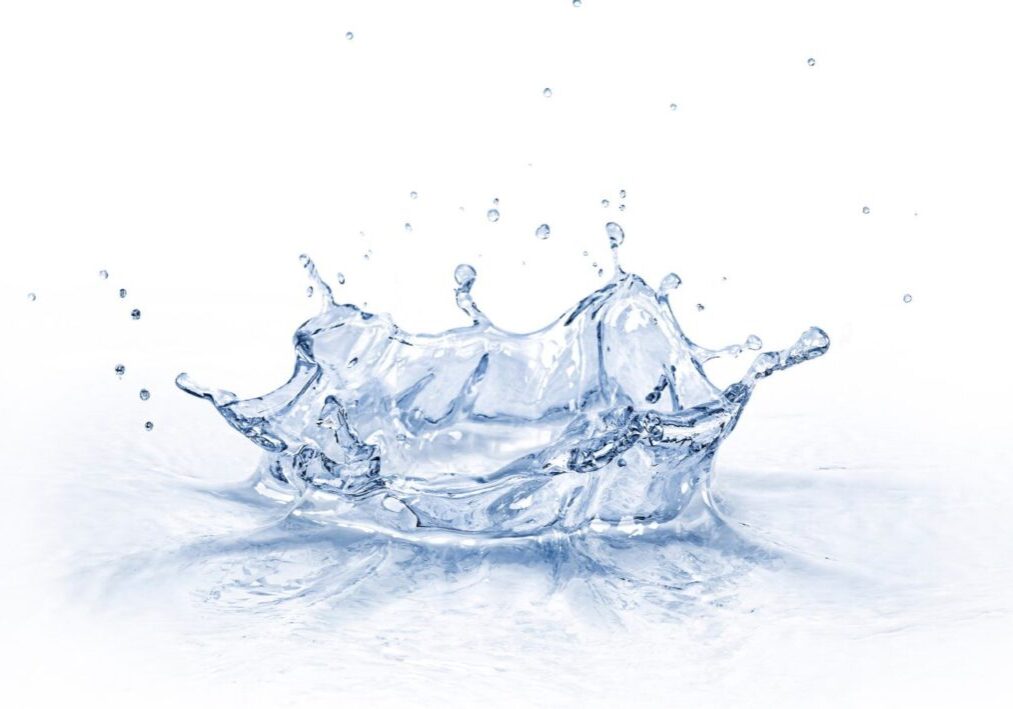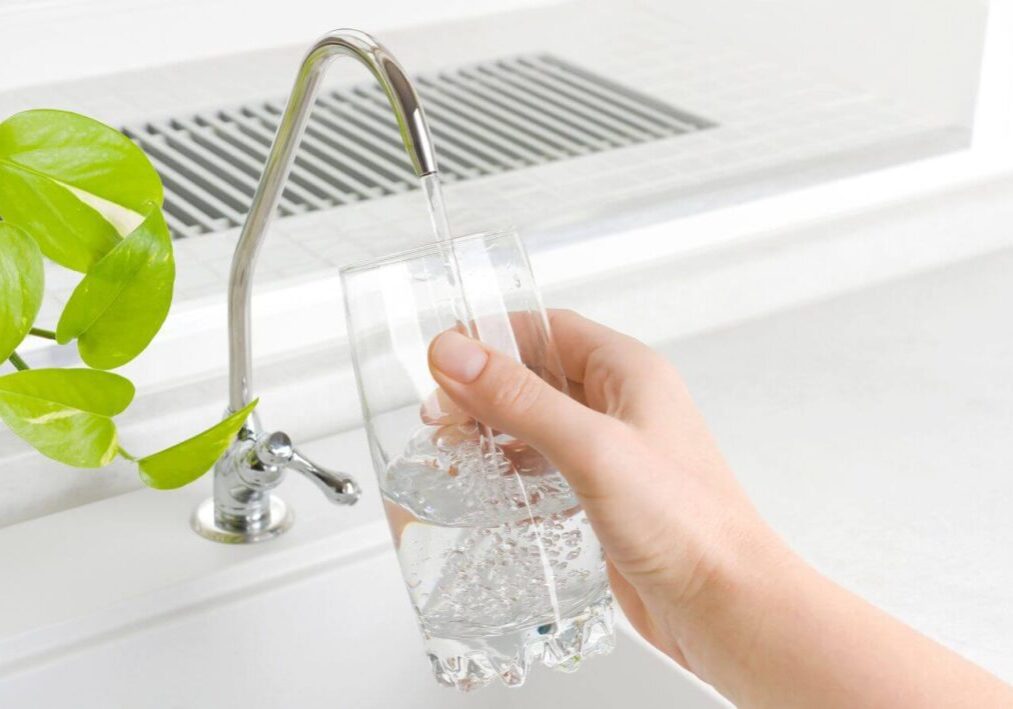20 Dec 2023
The Nuts and Bolts of Water Pumps: A Comprehensive Overview
Understanding the nuts and bolts of water pumps is equivalent to decoding liquid motion’s language. In this detailed article, we’ll trek through the maze of water pumps, analyzing their significance, types, and the abilities of water pump services. This guide will serve as your compass in the aquatic field, whether you’re a DIY enthusiast, a homeowner in need of water pump services, or an aspiring water pump specialist.
The Basics: What is a Water Pump?
A water pump, in its essence, is a mechanical device designed to move water from one place to another. It’s the unsung hero behind every sip of water, every refreshing shower, and the efficient functioning of various water-based systems. Here’s a breakdown of its essential components:
1. Impeller:
At the heart of a water pump lies the impeller – a rotating component with blades that propel water. The design and size of the impeller play a crucial role in determining the pump’s performance.
2. Motor:
The impeller isn’t a lone ranger; it needs a motor to spin it into action. The motor is the powerhouse, converting electrical energy into the kinetic energy required to move water.
3. Inlet and Outlet:
Water pumps have distinct entry and exit points. The inlet draws water in, while the outlet expels it. The flow rate and pressure are regulated by the pump’s design and specifications.
Types of Water Pumps: Decoding the Diversity
Water pumps come in various shapes and sizes, each tailored to specific needs. Let’s explore the primary types:
1. Centrifugal Pumps:
The workhorses of water movement, and centrifugal pumps use a spinning impeller to create a centrifugal force, propelling water outward. Widely used in residential and industrial settings, they’re versatile and efficient.
2. Submersible Pumps:
As the name suggests, these pumps operate underwater. Ideal for wells and boreholes, submersible pumps push water to the surface, eliminating the need for external priming.
3. Diaphragm Pumps:
Known for their pulsating action, diaphragm pumps use a flexible diaphragm to create a vacuum that draws and expels water. They’re commonly used in applications requiring precise control.
4. Positive Displacement Pumps:
In contrast to centrifugal pumps, positive displacement pumps move a fixed amount of water with each rotation. Examples include piston pumps and rotary pumps, offering steady and controlled flow.
Water Pump Services: The Lifeline of Pump Health
Maintaining the health and efficiency of water pumps is crucial. This is where water pump services step in. Here’s a glimpse into their role:
1. Installation Services:
Proper installation is the foundation of a pump’s longevity. Water pump services ensure that pumps are installed correctly, factoring in the specifics of the application.
2. Routine Maintenance:
Like any mechanical system, water pumps require regular check-ups. Maintenance services include inspecting components, lubricating moving parts, and replacing worn-out elements to prevent breakdowns.
3. Repair Expertise:
When pumps falter, water pump services step in with diagnostic prowess. From fixing leaks to addressing motor issues, they bring pumps back to life.
4. Efficiency Upgrades:
Water pump experts can recommend and implement efficiency upgrades, enhancing a pump’s performance and potentially reducing energy consumption.
Choosing the Right Water Pump: A Decision-Making Guide
Selecting the right water pump involves considering various factors:
1. Flow Rate:
Determine the required flow rate – the amount of water the pump can move in a given time. This is crucial for matching the pump to the application’s demands.
2. Head Pressure:
Head pressure is the force needed to move water vertically. It’s essential to select a pump with sufficient head pressure to meet the application’s elevation requirements.
3. Power Source:
Consider the power source available. Pumps can be electric, gas-powered, or manual, each with its own set of advantages and limitations.
4. Application Specifics:
Different applications demand different pumps. Whether it’s for residential water supply, agricultural irrigation, or industrial processes, choose a pump tailored to the specific task.
Conclusion: Riding the Waves of Water Pump Knowledge
Water pumps play an important role in the great symphony of fluid dynamics. Understanding the complexities of water pumps, from impellers to outlets, empowers homeowners, DIY enthusiasts, and water pump specialists. Remember, while you navigate the seas of pump selection, installation, and maintenance, that water pump services stand watch, assuring the uninterrupted flow of this liquid lifeblood. So, whether you’re working on a DIY project or looking for water pump services, may your understanding of water pumps be as fluid as the motion they enable.
You May Also Like



